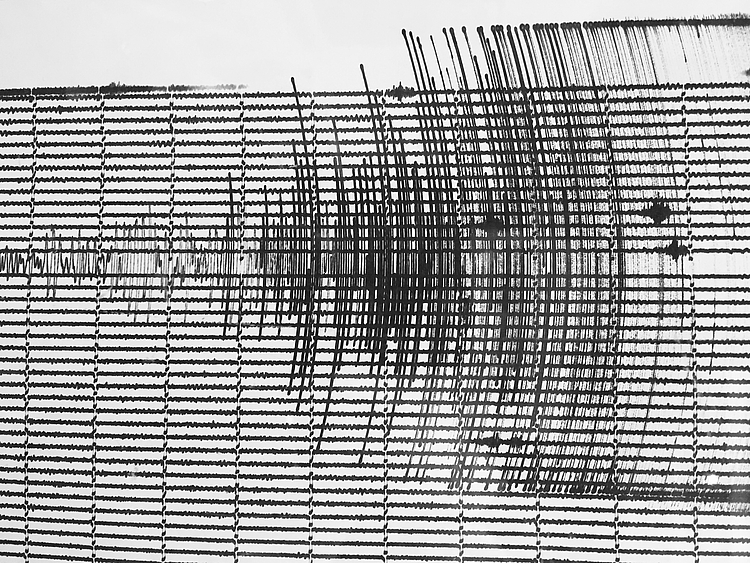Nonlinear random vibration analysis methods for the design of dynamic MDOF structural systems subject to seismic hazard
 © DarTar (cc by)
© DarTar (cc by)
| Led by: | Dr. Ioannis P. Mitseas, Prof. Dr.-Ing. Michael Beer |
| E-Mail: | mitseas@irz.uni-hannover.de |
| Team: | Dr.-Ing. Peihua Ni |
| Year: | 2019 |
| Date: | 01-01-19 |
| Funding: | DFG, Grant No. BE 2570/7-1 & MI 2459/1-1, Amount: € 284,500 |
| Duration: | 01/2019 – 12/2021 |
| Is Finished: | yes |
Abstract
A proper quantitative treatment of uncertainties is a fundamental prerequisite to derive reliable numerical predictions of the behavior and reliability of engineering systems and structures. In the field of stochastic structural dynamics, it has been realized over the past decades that loads caused by natural hazards, such as earthquakes, might be adequately represented on a stochastic basis. Most contemporary aseismic code provisions incorporate a stochastic/probabilistic treatment for the design of structured facilities. Further, in real structural and mechanical systems nonlinearities arise in various forms, and usually become progressively more significant as the amplitude of vibration increases. Specifically, in earthquake resistant design such issues fairly emerge. This situation necessitates a coherent approach for designing engineering systems and structures, in which proper uncertainty quantification and nonlinear mechanics are combined.
This research need is addressed in the project by developing a versatile stochastic dynamics framework for efficient response determination, reliability assessment, and performance-based analysis/design of structural systems subject to excitations in correspondence with contemporary aseismic codes.
On the technical side, the development is concentrated on solving key questions of capturing the inherent stochastic nature of seismic hazards and analyzing structures and systems under such loads considering complex nonlinear/hysteretic material behavior. The academic impact of the project will be broad and multifaceted, since it lies in the intersection of civil/structural engineering, applied mathematics, probability and statistics. The findings from this project are expected to have a major impact on the analysis and design of diverse dynamic systems/structures/devices and will open major roadblocks and unlock a vast array of applications in emerging and transformative technologies, e.g. in the areas of energy dissipation (e.g. vibration suppression), energy generation (e.g. analysis/design of energy harvesting dynamic vibration absorbers) and multi-scale engineering.
On the practical side, the project is supposed to close the major gap between advanced stochastic engineering dynamics and contemporary design code provisions (e.g., EC8) in conceptual agreement with the performance-based engineering content, and will cause paradigm shift in the way modern engineering structures/devices are analysed and designed under the presence of uncertainties. It is expected that the envisioned efficient stochastic dynamics framework will contribute towards achieving parsimony in modeling, substantial cost reduction as well as reducing the risk and the overall probability of failure for engineering systems.
Overall, this cross-disciplinary project will contribute to diverse fields such as structural dynamics, probabilistic methods, performance-based engineering, codes provisions, as well as structural safety and reliability.












